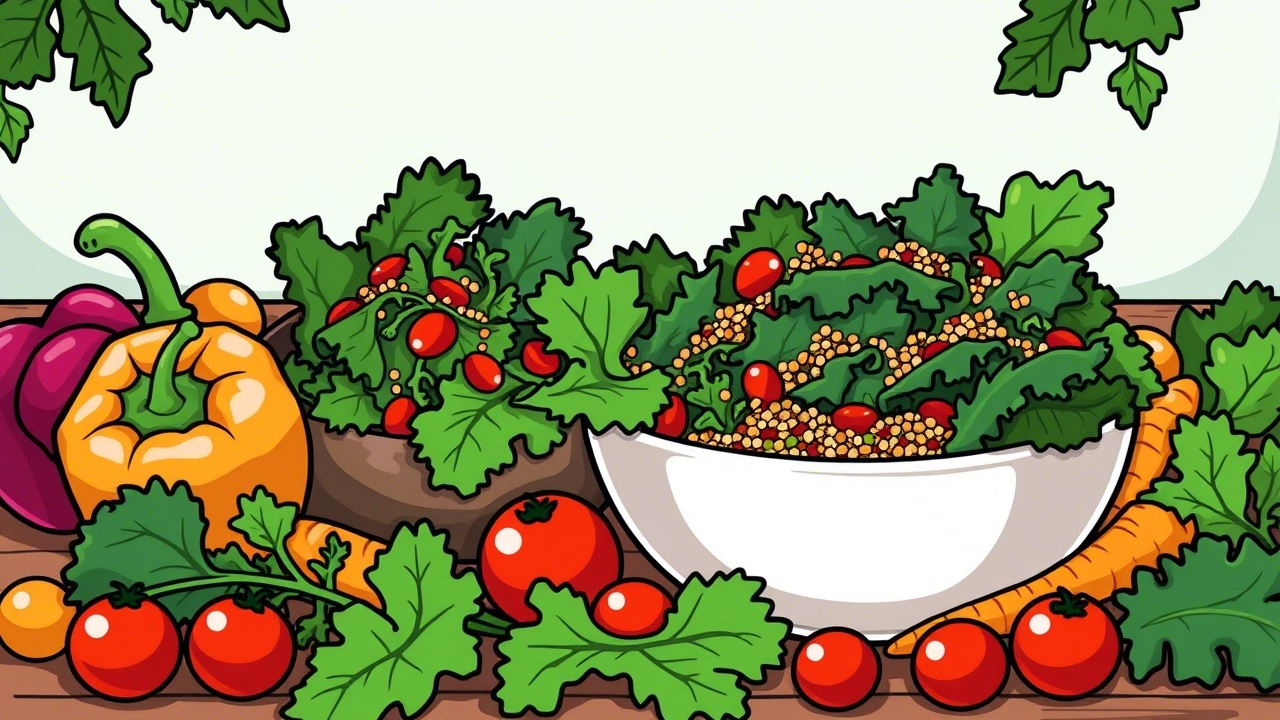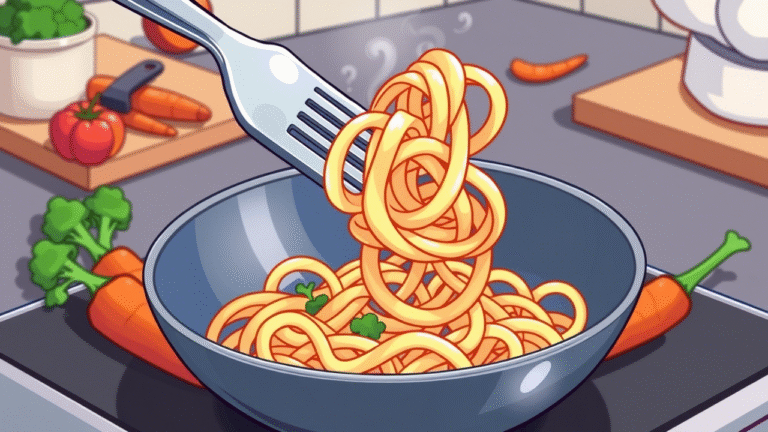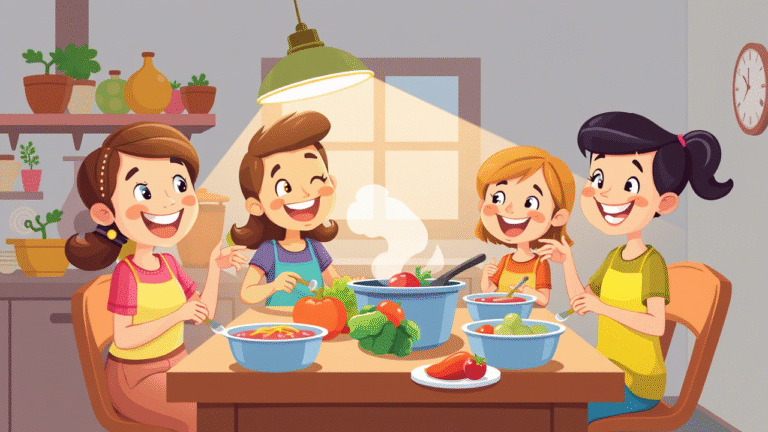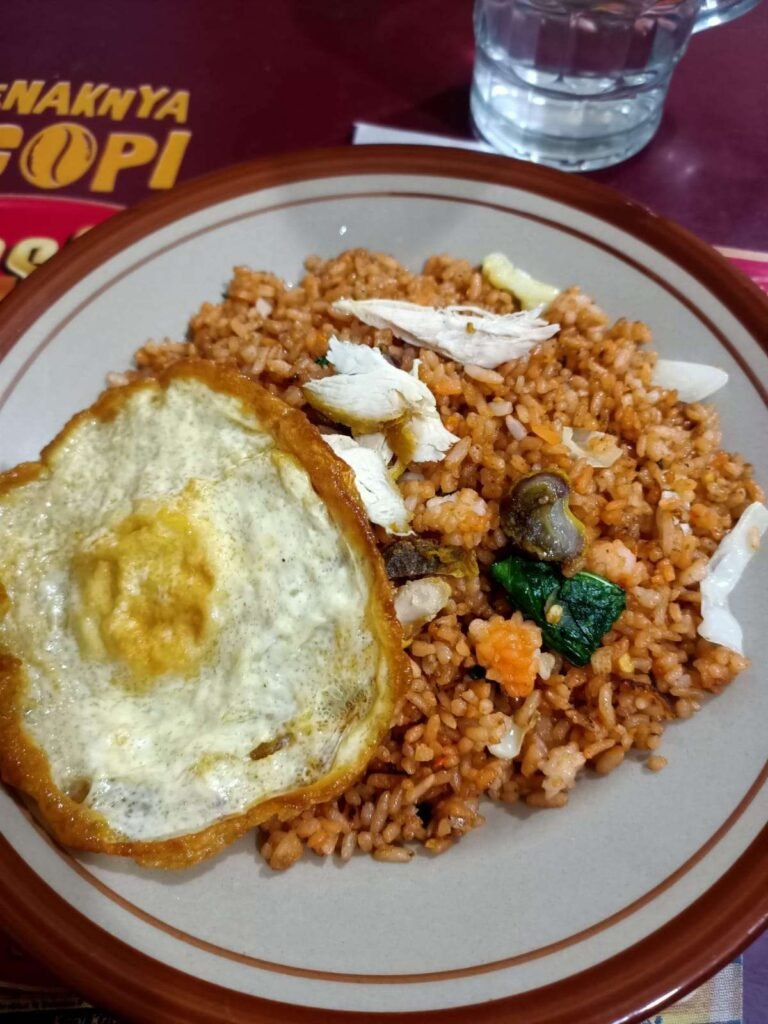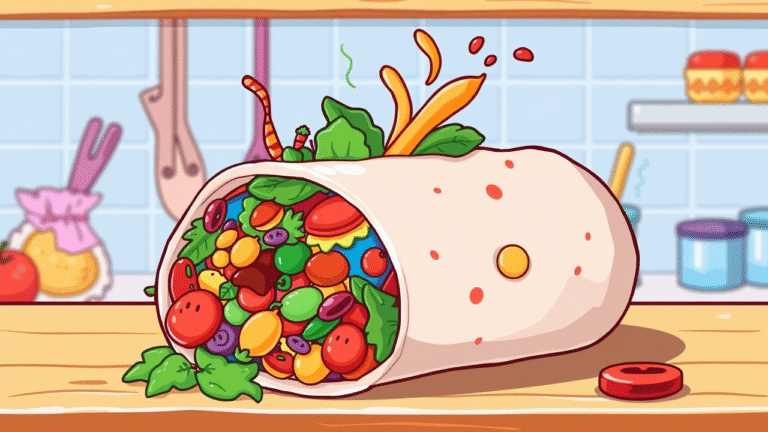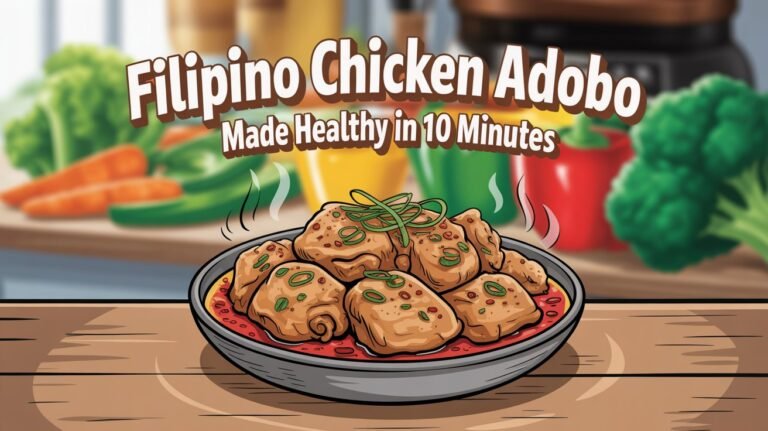Kale and Quinoa Bowls That Power You Up
Ever wondered what makes those bowls of kale and quinoa fly off Instagram? This nutrient-dense fare is not just a passing fad — it’s your key to long-lasting energy, radiant skin, and a happy heart.
They contain up to 9-10 grams of fiber per (large) serving and are packed with vitamins A, C, and K to nourish your body and help keep away cravings. Now let’s get into why this dish will change the game for you.
Why Kale and Quinoa Bowls Are a Nutritional Powerhouse
Let me tell you something. The first time I had a kale and quinoa bowl, I didn’t have high hopes. But whew, my body felt alive afterwards.
These nutrient-dense bowls will keep you energized and satisfied all season long. They are not just food; they are fuel. And get this: one serving comes with the ideal balance of macronutrients and micronutrients.
Kale and quinoa bowls High carb (66–75% of calories) Moderately high protein (10–22%) Low fat (9–12%) This is a ratio perfect for energy and muscle repair.
And the fiber — somewhere between 9 and 10 grams per serving — is a gut-health SuperFriend.
This is the thing you’ve been looking for: A meal so healthy, so well-balanced, so filling, that everyone in your family walks away happy.
Macronutrient Breakdown
Let’s break it down. Carbs, protein, fat — that’s the holy trinity of macronutrients. It is carbs that shine in kale and quinoa bowls.
They comprise 66 to 75 percent of the calories. That’s a lot, right? But don’t worry. These aren’t empty carbs.
They are found in whole foods like quinoa and sweet potatoes that are released slowly. No sugar crashes here.
Protein is next. You’ll face around 11–15 grams per serving. That’s sufficient to promote muscle recovery and energy metabolism.
Add chicken and your protein number climbs further. Fat? It’s a modest amount — 3 to 4.5 grams per serving. This makes for a light but satisfying dish.
Now, let’s talk about fiber. Fiber is the unsung hero of these bowls. You get 30–36% of your daily needs in every serving.
That’s huge. It also helps keep your digestion smooth and you feel full longer. Believe me, your stomach will thank you.
Micronutrients Galore
And here’s where it gets interesting. Kale and quinoa bowls are not the end of the story on that one.
Oh no, let’s not forget the micronutrients. Take vitamin A, for example. You get 250% of your daily value in one serving of kale and quinoa salad.
That’s like hugging your immune system.
Another powerhouse here is Vitamin C. The percentage of your daily needs: 62–73% This vitamin is wonderful for your skin and your overall immune system.
And then there is vitamin K. In some bowls, you’ll get 264% of your daily value. Vitamin K is vital for healthy bones and for the blood to clot properly.
Don’t forget the iron too. The bowls pack up to 43% of your daily iron. That’s good news if you’re feeling lethargic or anemic.
Potassium, magnesium and calcium are all other players here. Together, they help keep your muscles and bones — and nerves — functioning properly.
Antioxidants? Absolutely. This bowls are rich in beta-carotene and folate. Beta-carotene battles free radicals; folate brings forth cell growth and development.
Truthfully, it’s awfully hard to eat a meal as nutrient-dense as that.
Heart-Healthy and Low in Bad Fats
One of them being, you know, better heart health. Kale and quinoa bowls are low cholesterol and low in saturated fat, as you know!
In fact, a serving only has 1 gram of saturated fat and 20mg of cholesterol. That’s music to your arteries’ ears.
The good fats in these bowls (the olive oil-dressed or peanut-sauce-slathered variety) are good things for your body.
They also work to absorb those fat-soluble vitamins like A, D, E and K and add a delicious richness to the dish. Fats are your friend, trust me.
How to Make Kale and Quinoa Bowls
Now, let’s get practical. How do you make these bowls? It’s easier than you think. First, pick your base. Quinoa is a no-brainer — high in protein and fiber.
Then add kale. This leafy green is chockablock with vitamins and antioxidants.
Next, toss in some extras. You can always try sweet potatoes, chickpeas, avocado. Add some grilled chicken or tofu if you need an extra kick of protein.
Finish it out with drizzles of either olive oil or peanut sauce to suit your taste.
Prep is fast — with about 10 to 15 minutes. The amount of time this takes to cook is going to depend on your ingredients.
Quinoa is about 15 minutes, sweet potatoes closer to half an hour. But trust me, it’s worth it.
Serving Size and Portion Control
How much should you eat? Step 6The average serving size is 170-255 grams. That’s enough to take the edge off, but not so much that you’re totally overdoing it. If you’re counting macros, here’s an approximate breakdown:
| Nutrient | Kale & Quinoa Salad (170g) | Kale & Sweet Potato Quinoa Bowl (246g) | Quinoa & Kale Grain Bowl w/ Chicken (255g) |
| Calories | 260 | 287 | 291 |
| Carbs (g) | 44 | 52 | – |
| Protein (g) | 15 | 11 | – |
| Fat (g) | 3 | 3 | 4.5 |
| Fiber (g) | 10 | 9 | – |
| Vitamin A (%DV) | 250% | 93% | – |
| Vitamin C (%DV) | 73% | 62% | – |
| Vitamin K (%DV) | – | 264% | – |
| Iron (%DV) | 18% | 43% | – |
| Potassium (%DV) | – | 18% | – |
This information demonstrates what you can do with these bowls, how flexible and nutrient-dense they can be.
Why You Should Add These Bowls to Your Routine
Let me tell you, these bowls are life altering. They are great for a busy morning, for recovering after a workout or as a lazy dinner. The best part? They’re customizable. Want it vegan? Skip the chicken. Need more protein? Add tofu or nuts.
The fiber fills you up, the carbs provide you with energy, the vitamins enhance your immune system. And they’re heart-healthy and low in bad fats to boot. What’s not to love?
Final Thoughts
Kale and quinoa bowls are not just food — they’re a lifestyle. Nutritious, simple, versatile and quick to make, they’re indeed a win-win for the body and taste buds. Try one today. You will thank yourself in the future.

I’m Kai, a fitness fiend and wellness geek from Vancouver. I love helping people find small, sustainable ways to feel better every day. From workouts, to good mental health, to smoothie recipes, I keep it real. Perfection is not my thing — progress is. When I’m not at the gym, I’m likely to be hiking or sampling a new meditation app

